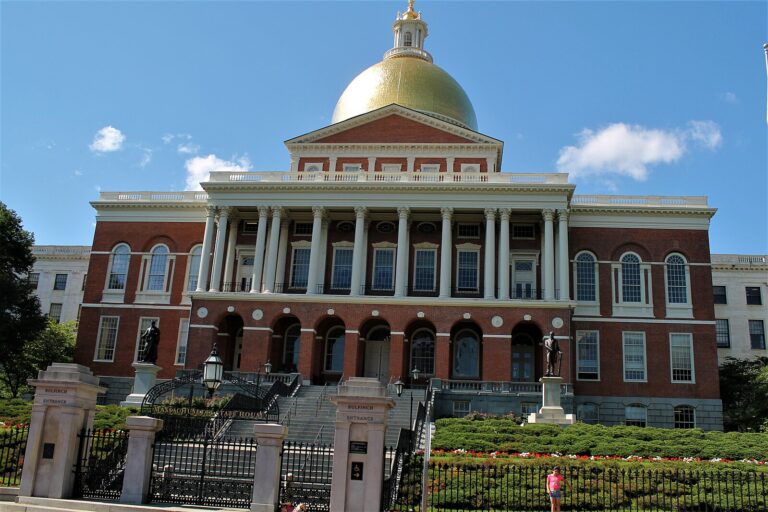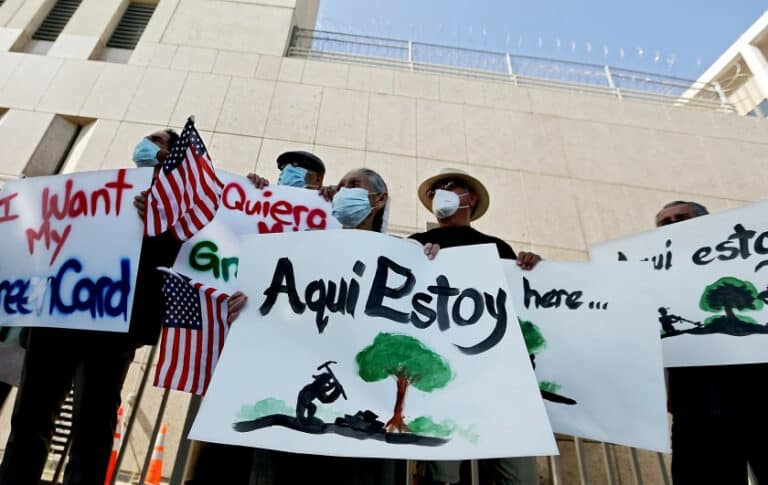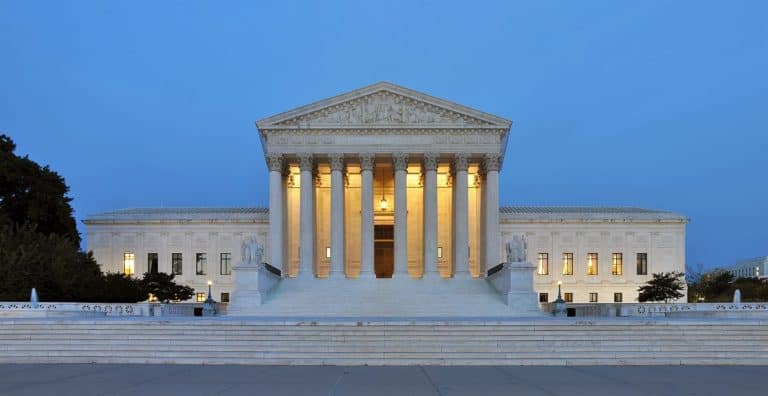
Jon Levitan is a student at Harvard Law School and a member of the Labor and Employment Lab.
President Biden—who promised to be the most pro-union president in history—is coming under fire for nominating a management-side labor and employment lawyer to the Federal Bench. In an essay in Slate, Jenny Hunter criticized Biden’s nomination of Christine O’Hearn to become a federal judge in the District of New Jersey. Hunter is not alone; last week, the People’s Parity Project, a progressive network of law students and young lawyers, issued a statement calling on O’Hearn to explain and justify the “the troubling anti-worker litigation she has committed her legal career to.” O’Hearn has defended a prosecutor accused of sex discrimination, a health system accused of age discrimination, written that a pregnant worker “with a normal, uncomplicated pregnancy is not entitled to light duty or any other accommodation,” and has maintained an active “union avoidance” practice—which Hunter points out is the management bar’s euphemism for union-busting.
While O’Hearn’s resume is nauseating for any progressive, Hunter writes that she is actually “a typical judicial nominee for presidents of both parties over the last few decades—a politically-connected lawyer from a big law firm.” Still, Hunter says, it is disappointing to see Biden nominate someone like O’Hearn, after his pledge to nominate as judges lawyers “whose legal experiences have been historically underrepresented on the federal bench.” And while Biden has partially delivered on that promise, naming some former public defenders and civil rights lawyers to the bench, he has yet to nominate a single union-side labor lawyer despite nominating O’Hearn. That is a concerning sign for Hunter. She writes that a “bust of Cesar Chavez may sit in the Oval Office, but if Democratic senators and the president work together to appoint federal judges who practice ‘union avoidance’ law, and none who represent unions, while the courts are busy chipping away at the labor movement, the symbolic value of that decorating choice will be of little comfort.”
The final version OSHA’s long awaited COVID-19 emergency standard, which Maxwell wrote about earlier this month, was bizarrely underinclusive; it only applied to health care workers. At least two unions and the AFL-CIO challenged the rule, seeking a broader rule protecting all workers from COVID. As it turns out, OSHA’s original draft standard did apply to all workers. The draft read: “OSHA has determined that employee exposure to this new hazard, SARS-CoV-2 (the virus that causes COVID-19) presents a grave danger in every shared workplace in the United States.” Ultimately, this broad protection for all workers was dropped from the final regulation, meaning the vast majority of workers still have no enforceable workplace safety standard protecting them against COVID-19 at work. AFL-CIO president Richard Trumka told Bloomberg Law that this would result in “millions of workers [being] left unprotected on the job.”
A heat wave is pummeling the Pacific Northwest this week. In Salem, Oregon, the temperature reached 117º Fahrenheit, a record for Salem that would also have been a record in Las Vegas. This has been devastating in a region where many buildings are not climate controlled. The Amazon warehouse in Kent, Washington, for example, has no air conditioning and instead relies on fans to cool the workplace. This week, the tech behemoth has kept that warehouse fully in operation, despite the blistering temperatures. Not only is the warehouse remaining open, but Amazon is forcing some workers into “‘power hours,’ in which workers are asked to move as quickly as they can for an hour to boost productivity.” And as the United Farm Workers (UFW) pointed out in a lengthy twitter thread, it is peak cherry season in Washington, so farmworkers are pressured to harvest the cherries—which shrivel in extreme heat—as quickly as possible. The UFW’s thread ended with a plea for help for the workers braving the extreme heat to keep the rest of society fed: “Protect us.”






Daily News & Commentary
Start your day with our roundup of the latest labor developments. See all
July 4
The DOL scraps a Biden-era proposed rule to end subminimum wages for disabled workers; millions will lose access to Medicaid and SNAP due to new proof of work requirements; and states step up in the noncompete policy space.
July 3
California compromises with unions on housing; 11th Circuit rules against transgender teacher; Harvard removes hundreds from grad student union.
July 2
Block, Nanda, and Nayak argue that the NLRA is under attack, harming democracy; the EEOC files a motion to dismiss a lawsuit brought by former EEOC Commissioner Jocelyn Samuels; and SEIU Local 1000 strikes an agreement with the State of California to delay the state's return-to-office executive order for state workers.
July 1
In today’s news and commentary, the Department of Labor proposes to roll back minimum wage and overtime protections for home care workers, a federal judge dismissed a lawsuit by public defenders over a union’s Gaza statements, and Philadelphia’s largest municipal union is on strike for first time in nearly 40 years. On Monday, the U.S. […]
June 30
Antidiscrimination scholars question McDonnell Douglas, George Washington University Hospital bargained in bad faith, and NY regulators defend LPA dispensary law.
June 29
In today’s news and commentary, Trump v. CASA restricts nationwide injunctions, a preliminary injunction continues to stop DOL from shutting down Job Corps, and the minimum wage is set to rise in multiple cities and states. On Friday, the Supreme Court held in Trump v. CASA that universal injunctions “likely exceed the equitable authority that […]